“We Do Not Inherit the Earth from Our Ancestors; We Borrow It from Our Children.”
Such is the wisdom of Chief Seattle (c. 1786 – June 7, 1866) a Native American Leader and Statesman. This sentiment is being applied locally: Bali need not borrow from its children. Rather, there is a movement in Bali to “pay it forward” with concrete programs that help students now. Advancing the success of students today will, in turn, help communities tomorrow. The multiplying effects of education is sorely needed in rural areas left behind in the pell-mell of Bali’s development. The emphasis is for local communities to choose how to lift themselves out of poverty and create sustainable growth. One non-profit charity leading the charge is the Bali Children Foundation. (balichildrenfoundation.org). The Foundation has one clear goal: End poverty through education.
April, 2022 by Made Victor (the Bali name of writer Zephyr Carlyle)This article is the first of a two part series on education in Bali. This first article focuses on the Foundation. The second half will address the big picture of education in Bali and all of Indonesia.
Bali is the World’s Playground – But Not for All
Everyone loves Bali. Whatever a visitor might like, it is better in Bali: surfing, beaches, jungle rainforests, temples, yoga, Hinduism, spirituality, scuba diving, tattoos, hiking to waterfalls, coffee collected from the dung of civets, and the list goes on. [civets are related to the mongoose. See: https://en.m.wikipedia.org/wiki/Kopi_luwak) In 2020, the world’s largest travel platform, Tripadvisor, ranked Bali as the fourth most popular travel destination in the world. Trip Advisor gushed forth: “Bali is a living postcard, an Indonesian paradise that feels like a fantasy”.
All of these accolades are well deserved, except the gushy parts. However, those who look behind the bamboo curtain will see the impoverished underbelly of Indonesia. The poor part of Bali is out of sight to passing tourists and adventurers. The poverty numbers are stark: twenty seven million Indonesians live below the poverty line of $1.90 (USD.) (Adb.org/countries/indonesia/poverty In 2019.) Fifty two percent (52%) of the population earns less than $5.50 daily. (macrotrends.net/countries/IDN/indonesia/poverty-rate).
Bali as a whole used to be better off than other areas of Indonesia, but that was only a relative measure. Tourism was the economic engine that fueled the growth of large sections of Bali. Various estimates hold that 70-80% of employment and income came from tourist dollars. Yet, even in the boom years before covid, Bali’s extensive rural poverty revealed the continuing economic disparity. The bulk of rural Balinese did not participate in Bali’s economic boom. Even with tourist dollars prime-pumping Bali, the rural poor were left poor. Bali’s growth in the go-go years never got far beyond the urban areas Left out were the rural locals: subsistence farmers, rice cultivators, vegetable growers, field hands, tradesman, craftsmen, stall vendors, etc. However, many living in rural squalor had a lifeline of help from their daughters, sons or uncles; those who left the village to join the hospitality sector. The tourism lifeline from the town to the countryside ended in 2020 with the advent of covid. According to Inside Indonesia, ”In 2019 Bali welcomed over six million international visitors, in 2020 this number was just over one million, and in 2021 only 45 international visitors arrived directly in to Bali” (insideindonesia.org/bali-s-pandemic-its-impacts-and-legacies). As a result, 40% of the Balinese workers lost their job, and those working had wages and hours severely reduced. Any trickle down effect to the rural poor ended when the Bali economy cratered. The situation in rural areas went from bad to worse.
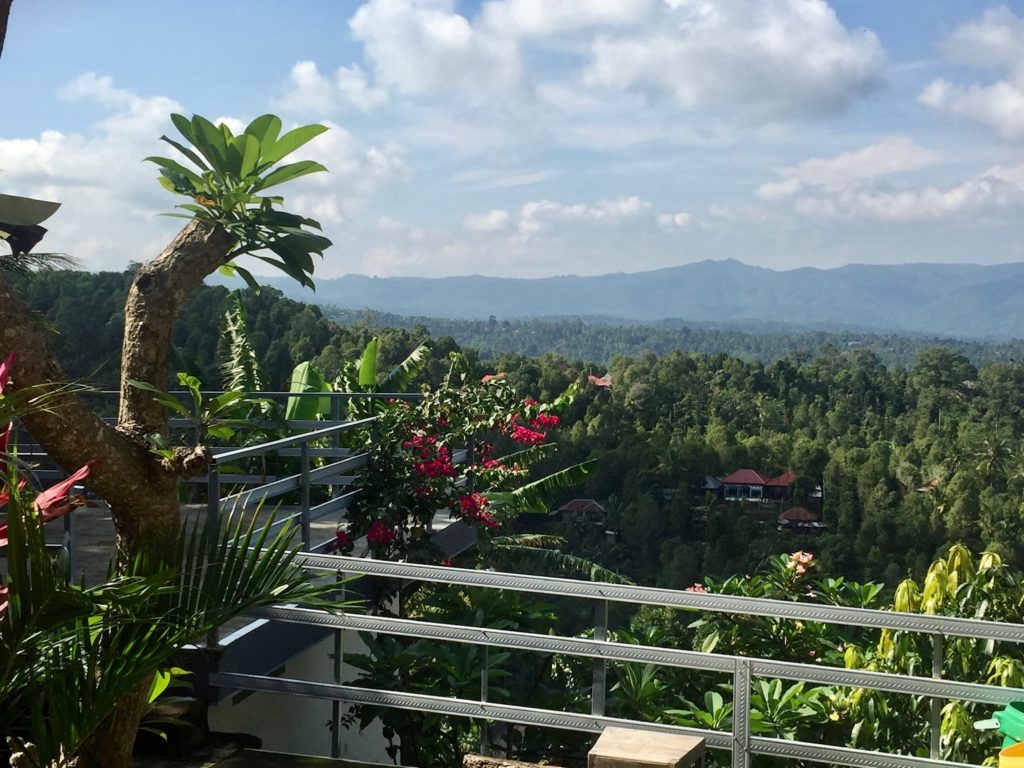
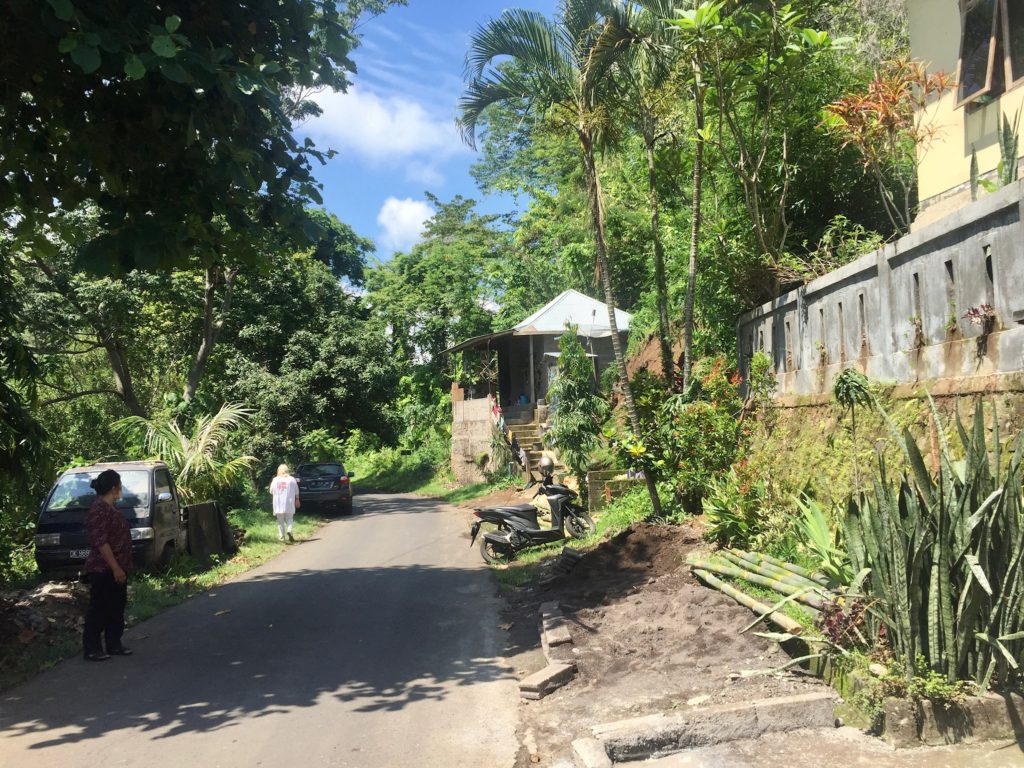
The beauty of rural Bali belies its poverty. Pictures above taken from school grounds of a Foundation program in Northern Bali, near the major town of Lovina. In this Lovina school, the Foundation built classrooms, library and work spaces. They were outfitted with student computers, video monitors, books, classroom tables and chairs, and comfortable library seating. The classes have local Foundation teachers who educate the children, the future of Bali. See below for more detail.
The Children of Bali Need Help: Enter the Foundation
As mentioned, the tourism parade bypassed rural Bali. Thus, for generations, the children of the hinterland were caught in the poverty trap. They had little hope or opportunity for success. The pandemic’s economic vise ended their slow improvements. Getting an education in the rural areas was always a challenge. Primary and secondary education is now is beyond the grasp of many more families. In Indonesia, all primary and secondary education is free. However, this free education is accompanied by out-of-pocket extra costs including: school fees, books, supplies, uniforms, and field trips.(https://www.angloinfo.com/how-to/indonesia/family/schooling-education.) These costs are an onerous burden to families just trying to keep food on the table. The government does what it can, but it is not enough. The economic squeeze on rural families is the root cause of a high student drop-out rate. Children have no choice but leave school and go to work. These children work in low-income jobs such as: weaving in textile cottage industry, working the farms and fields, chipping large rocks into gravel; shimmying up palm trees to harvest coconuts (no protective gear), and the like.
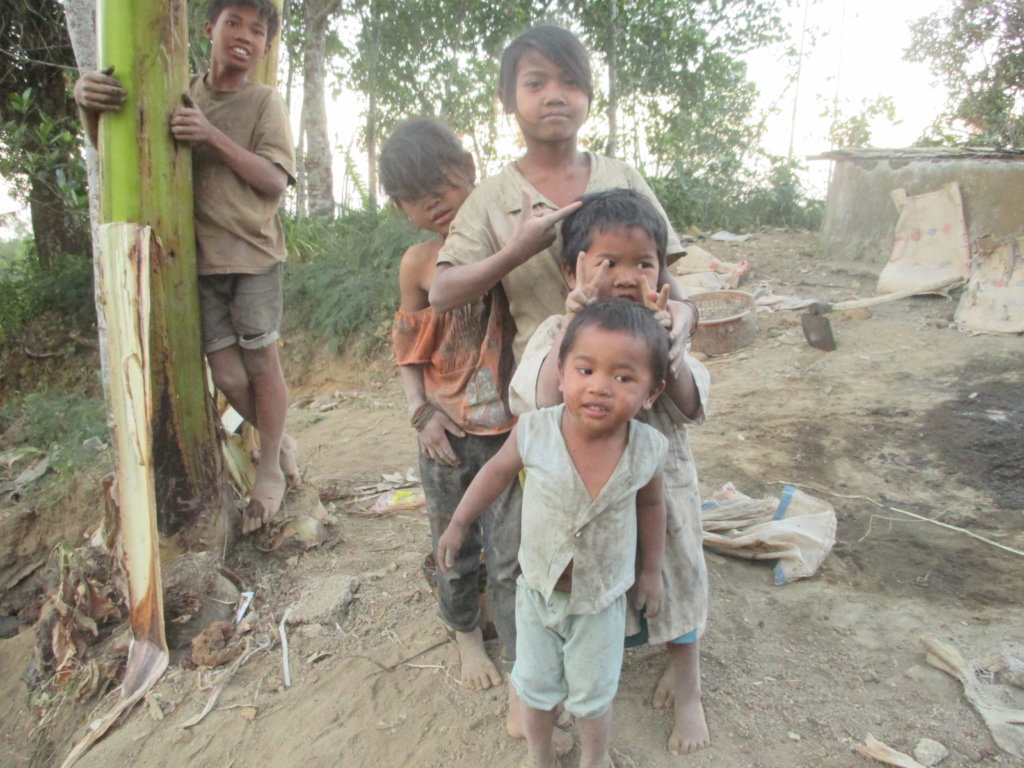
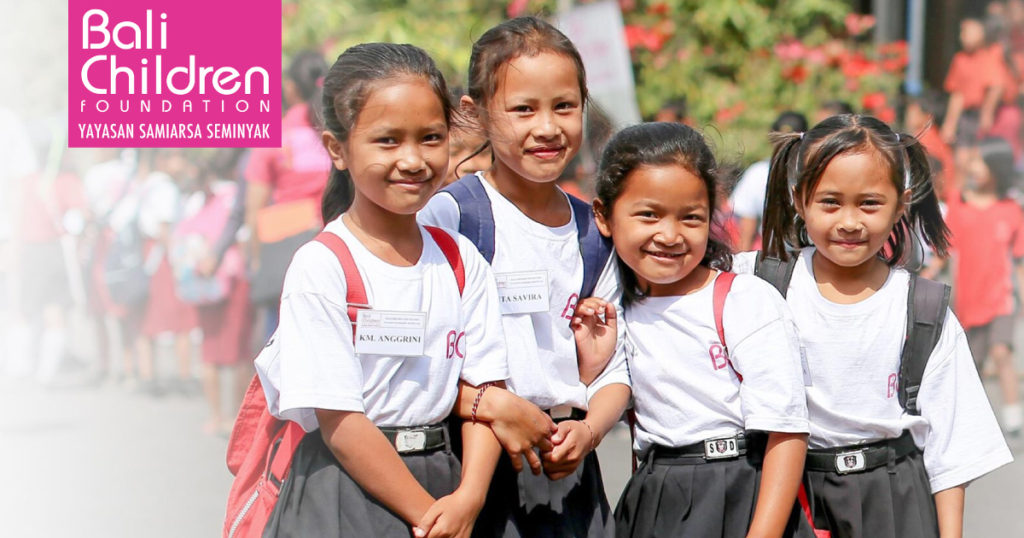
Many people are working to lift rural communities from grinding poverty into sustainable growth. Given the enormity of need, there is much work to be done. Entering the breach is everything from local collectives to international charities to U.N. agencies. The charitable Foundation is one of them: a leading light with a clear vision of transformation. And it all starts with the children of Bali. The Foundation has a lofty objective embodied in its mission statement: “The Bali Children Foundation offers a pathway out of poverty through Education to Employment for Bali’s disadvantaged children.” The Foundation translates this broad vision into action on the ground. The Foundation embeds in rural communities. It works with local leaders and organizations so its’ programs are an organic outgrowth of community needs. The Foundation and the rural communities work together to create the stepping stones for child success. These pathways do more than give students life options and choices. In turn, the students’ success will allow them to advance their families and communities, in ways big and small.
To meet it’s goals, the Foundation has a broad sweep of programs. The Foundation is clear: Education does not take place in a vacuum. To borrow the words of Hillary Clinton: “It takes a village to raise a child.” And that village needs to be a secure, nurturing place; a prerequisite for nurturing a better future. Thus, the Foundation promotes health care programs for immunizations and primary care for youth. The organization also provides direct food aid and helps with disaster relief. The Foundation has programs to clean up contaminated and trashed out areas. These environmental campaigns go beyond occasional clean-up drives that provides a one-time fix. The Foundation’s programs promote long-term sustainability. For example, the Foundation spearheads recycling and compast programs, and undertakes reforestation projects. Finally, the Foundation lifts up local economic development. The Foundation helps communities set up economic collectives and promotes craft industries. Improved community health, environmental protection, and local economic growth, will yield student success. All of this is vital work.
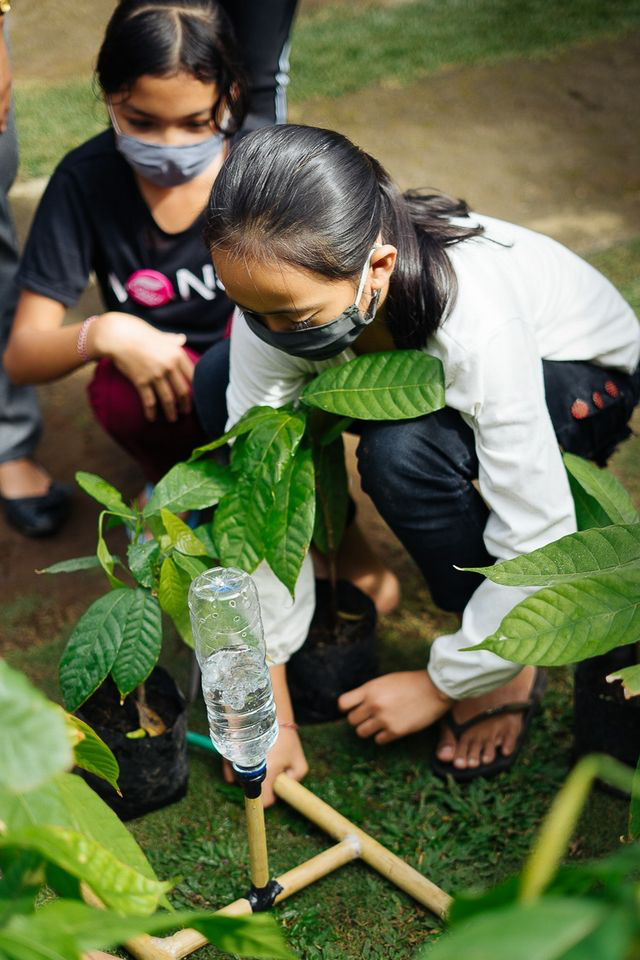
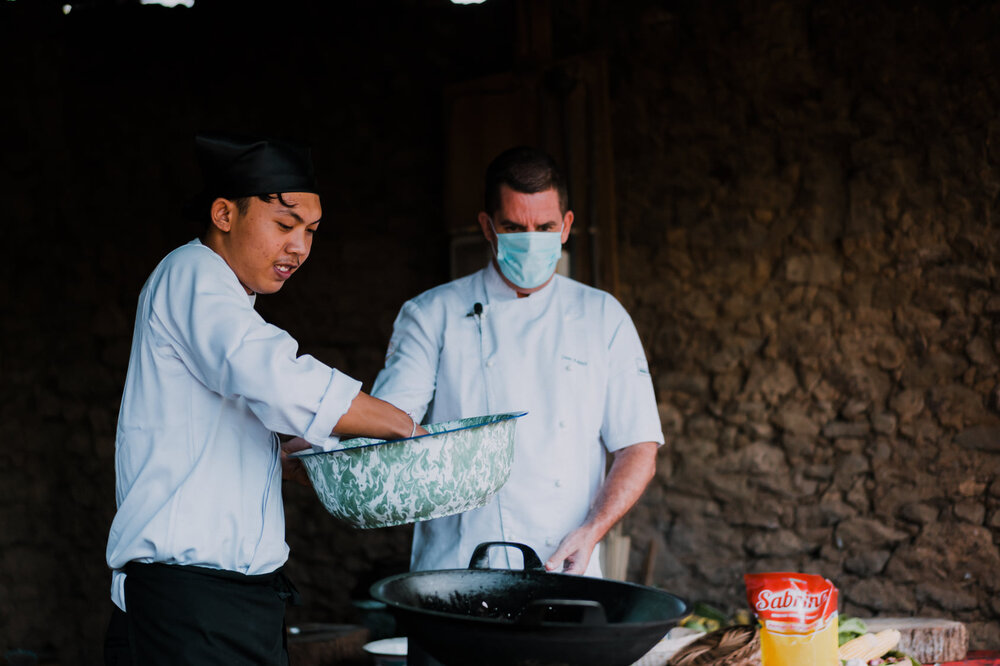
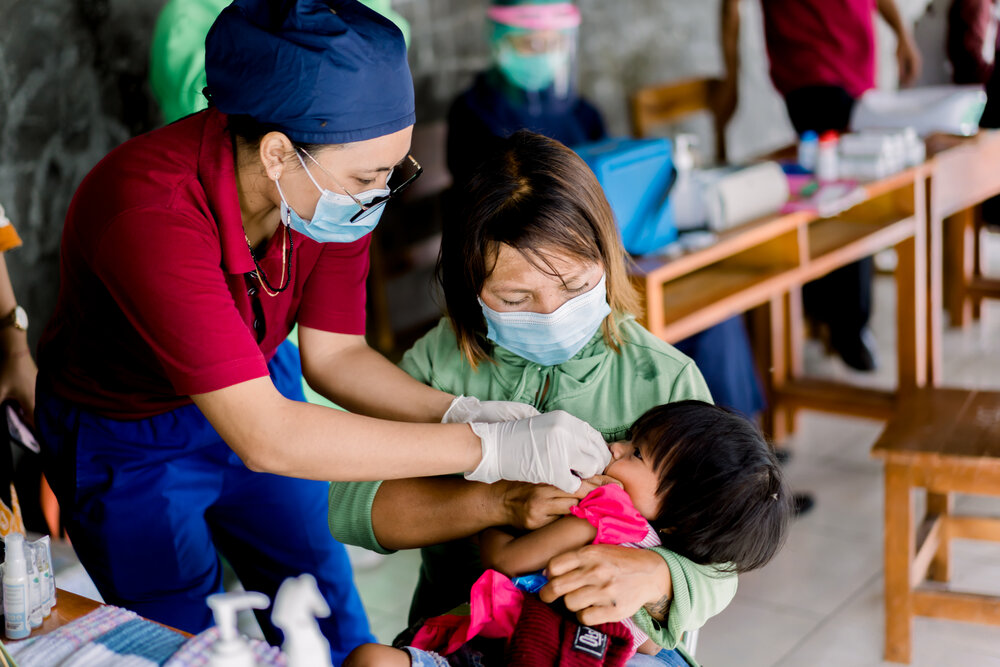
“Children are the world’s most valuable resource and its best hope for the future.” John F. Kennedy
The poverty stricken of Bali; those not intergrated into modern world; people in need; their neighbours and community groups — all face challenges brought on by the dire economic and health situation. Helping the children is the key to raising the standard of living and a secure future in rural areas. The Foundation is the story of communities remaining connected. Each community, through its schools, will give the children the skills they need to be a success.
This author, a long-time public school teacher, had the opportunity to observe close-up the Foundation’s education program; providing a fuller sense of Foundation’s educational programs. The information in this section comes largely from the author’s observations and research. However, some of the specifics comes from the Foundation’s website: balichildrenfoundation.org. In a nutshell, the Foundation has delivered services to 11,00 students in one hundred and two schools. The Foundation is currently active in forty nine communities around Bali. The largest concentration of programs are in north Bali and the nearby island of Lombok. The Foundation has benefitted ninety nine local communities — and has not stopped serving the rural areas that need help the most.
The starting point of the Foundation’s educational assistance often originates from help in times of crisis. The Foundation creates new projects for communities beset by disaster: Songan (Landslides 2017); Lembongan (2017 Yellow Bridge disaster); Mt Agung (2018 eruption); plus Lombok and the Gili Islands (2018 Earthquake.) The Foundation is there at times of acute emergency needs; but then goes on to invest in long-term programs — especially education. Recently, the Foundation has focused on covid impact relief. The Foundation’s mainstay educational programs delivers both goods (instructional facilites, libraries, work spaces and technology) and services (support for teaching and administration by local personnel.) The Foundation does not swoop in as do-good outsiders. The Foundation must be invited by village leaders and organizations before it starts to work. The Foundation makes sure it has the participation of the community to tailor it’s programs for local needs.
Broadly speaking, the Foundation starts by upgrading – or building – libraries, classrooms, meeting areas, and other work spaces. The Foundation will install student computers and create work areas. The new teaching spaces are outfitted with projectors and speakers, quality books, child-friendly artwork, carpets, and bright cushions or mini desks. In it’s educational delivery, the Foundation focuses on teaching three critical areas: Indonesian language; English as a foreign language; and STEM (science, technology, engineering and math). The Foundation has a very innovative approach to STEM. School curriculum emphasizes environmental studies as the key to teach and demonstrate STEM skills.

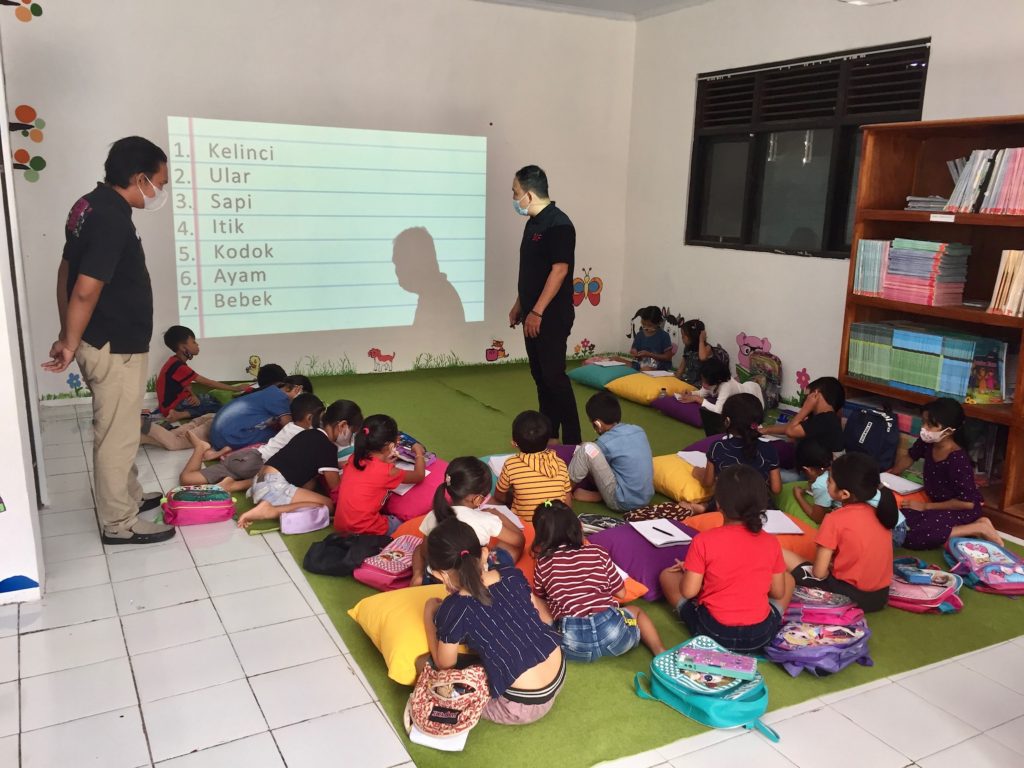

The Foundation focuses on student needs. While providing an education on a range of critical skills, the Foundation emphasizes English and information technology. The Foundation holds that these are two essential tools to success. As mentioned, the Foundation does provide education on the Indonesian language. However, today’s youth also need English and computer fluency. Students with these skills under their belt will have choices for education beyond high school. Advanced training leads to high-level, sustainable employment, and provides an escape hatch out of the poverty trap. A Foundation education gives youth a chance for success that they might not otherwise have. To make such an education possible, the Foundation provides a range of education scholarships for books, supplies and uniforms.
Yet, building classrooms and putting teachers in front of students is not enough to get the job done. The Foundation supports local teachers so they can impart mastery in critical skills. All teachers, and students, need resources to succeed: curriculum materials, academic texts, outside reading books, on-line lessons, video education modules; and teacher professional development. Every profession has professional development to keep abreast with the best practices. Teachers, like any professionals, need to learn more in order to lead. These professional development programs are a vital component to adapt teaching methods in a changing world. The Foundation supports student academic growth through advanced teacher training. In turn, teachers can better impart mastery in critical skills. In the area of English language delivery, the Foundation undertakes innovative professional development. The English teachers invest their time to enhance their English language proficiency and teaching practices. The dividend is that teachers are better equipped with the latest curriculum and the best teaching practices. This English teacher professional development includes using language software like Duolingual; and having English native speakers tutor the native Foundation teachers.
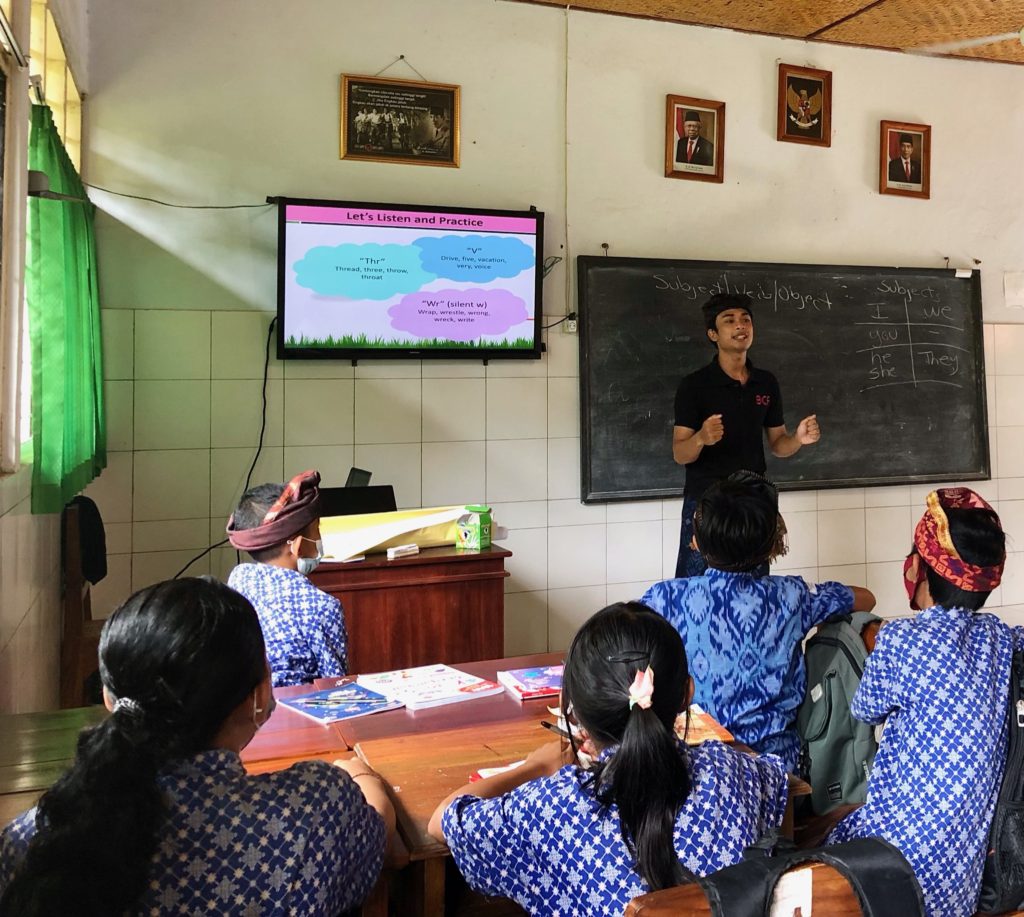
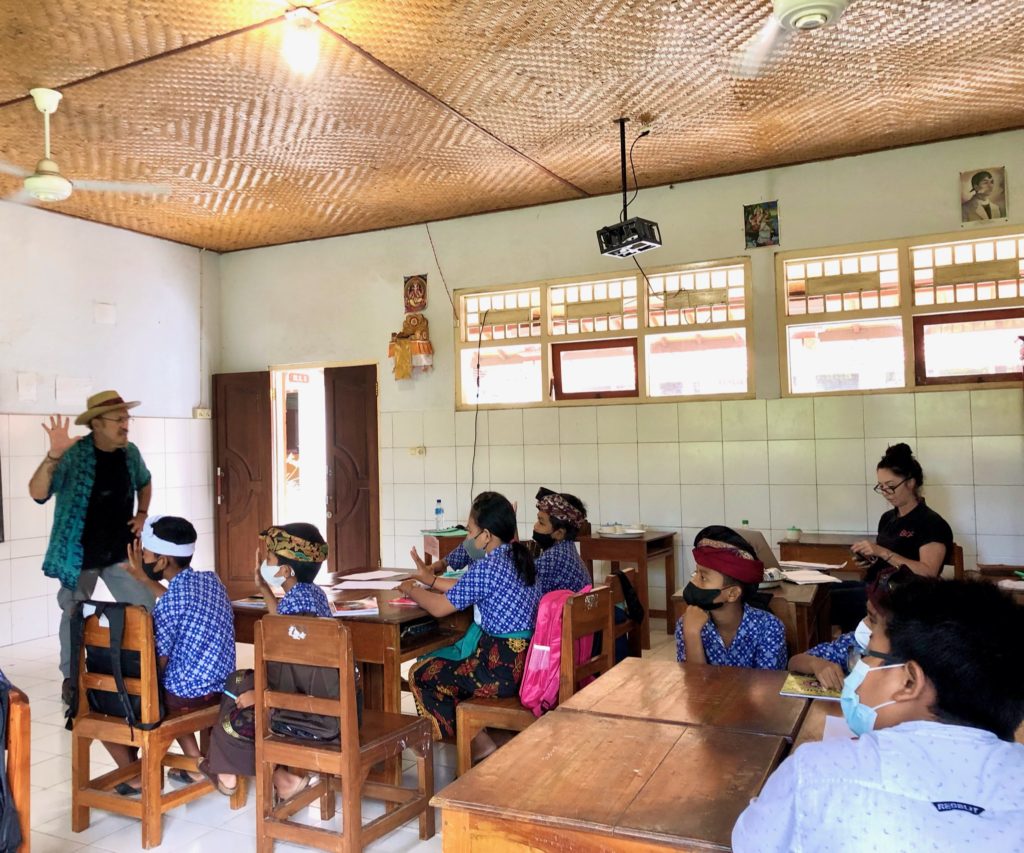

The Bali Children Foundation is a catalyst for change, helping those most in need. The Foundation translates its lofty, abstract goals into life-changing programs on the ground. The Foundation is the number one Bali organization that needs support. This non-profit charity uses any and all support wisely to get the biggest bank for the buck. For more information, or learn how you can help, see https://www.balichildrenfoundation.org/
Shameless Plug. Please consider signing up for a FREE subscription to this website which is both a travelogue and literary journal. You will receive notice of new articles posted, about three a month. Note: Your information will never be marketed, sold, or used in any way.
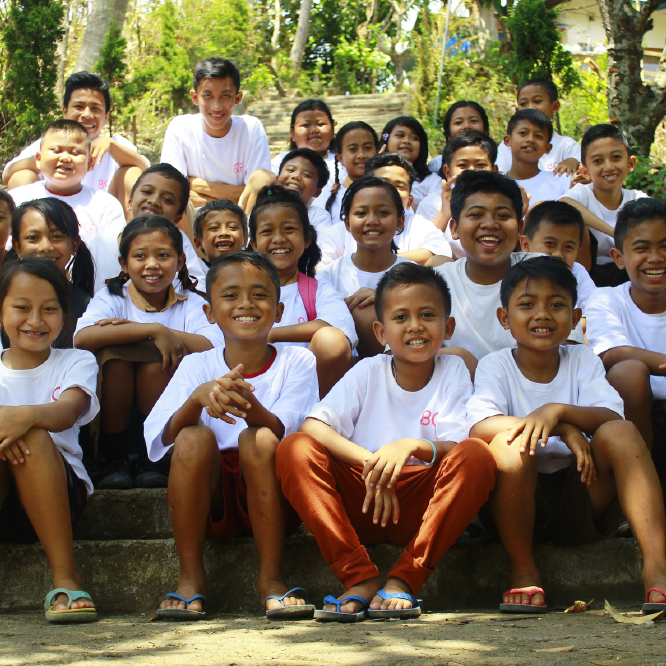
This is a very timely and enlightening post about the actual living conditions for most Balinese and Indonesians away from the happy-tourist vibes, and a good explanation of exactly how the monies from tourism help some of those people and how the recent lack of tourism has decimated that help. The Foundation sounds like an excellent and worthwhile program and it’s great that you can put your teaching skills and communication skills to work in its service.
Thanks so much for this post! Great organization! Glad you can make a difference in Bali!
This is a wonderful and worthwhile organization. Being a teacher and librarian for all of my career, I believe that education is the only way the world can move forward. Children who receive an education, especially in impoverished areas, can lift their communities towards a better life.
I am moved by this wonderful foundation and all it embodies. I too believe that children are our future.